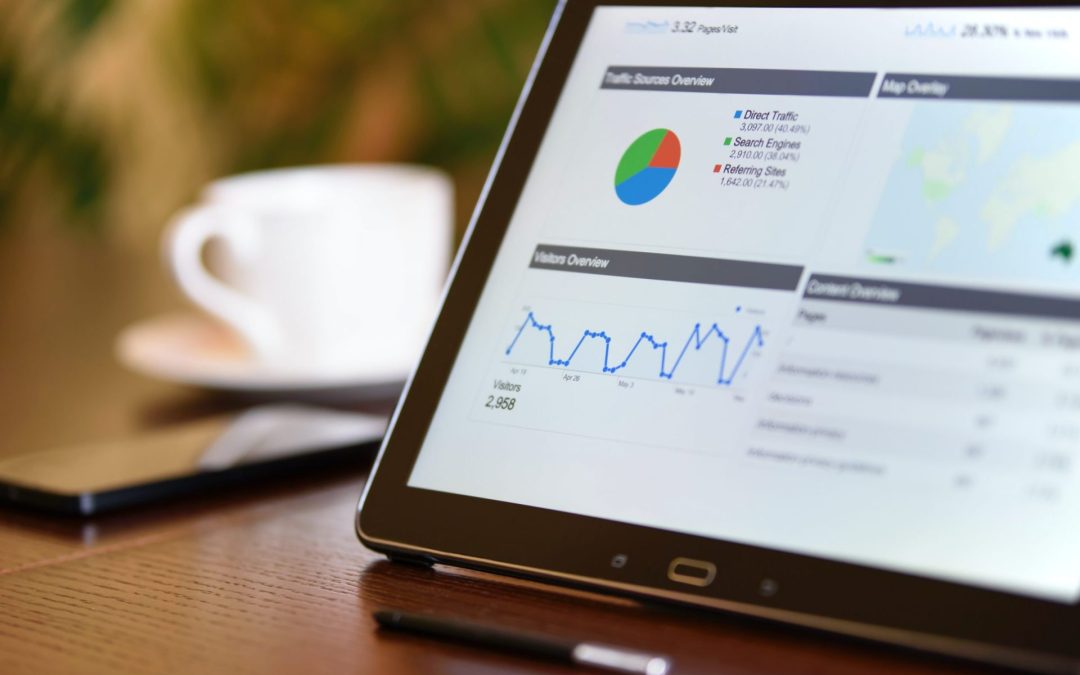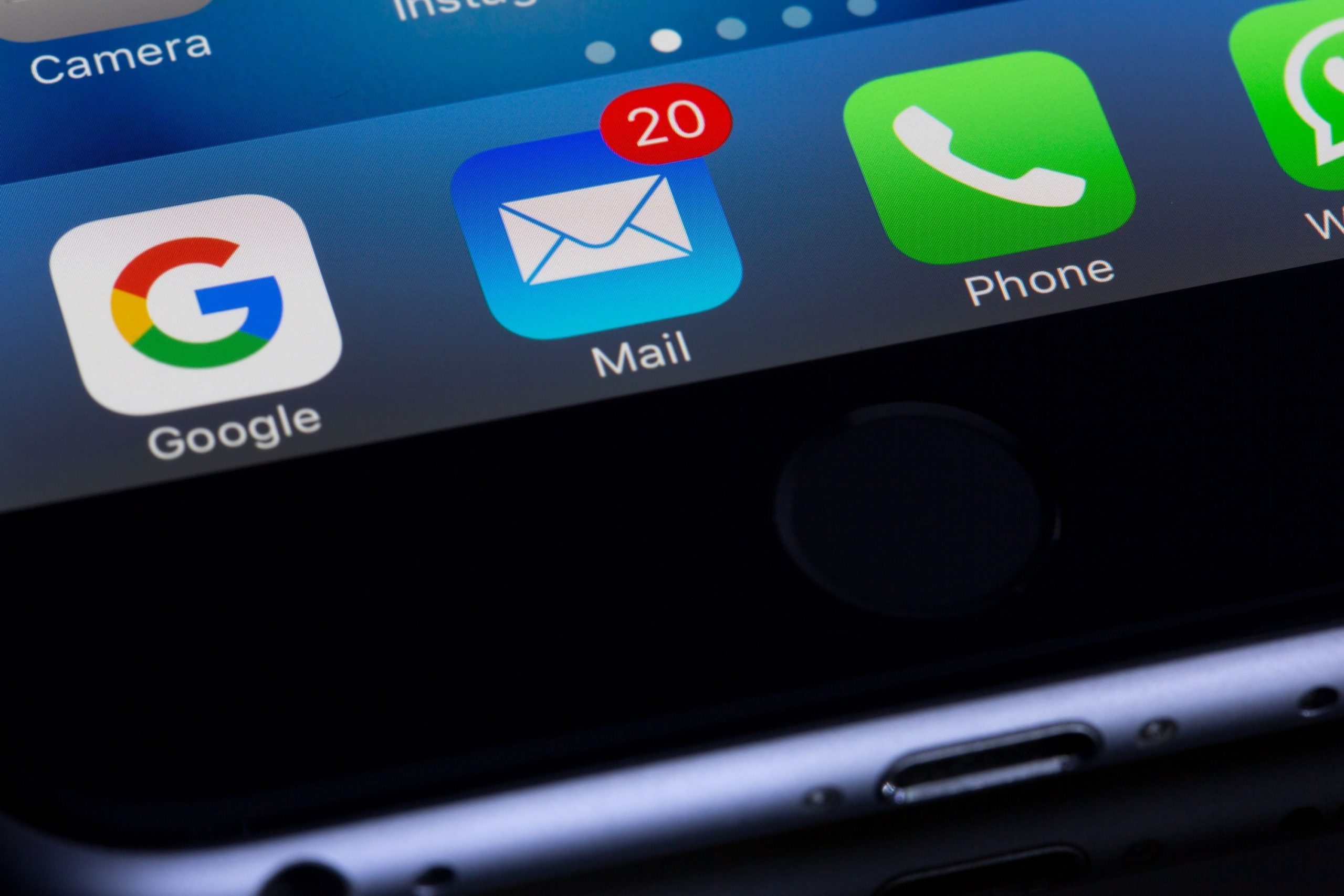Today’s businesses are doing their best to engage customers on multiple channels. It’s more crucial than ever to create personalized experiences that are relevant, timely, and engaging for all your customers. This is especially true of online shopping, but not always easy to accomplish.
Personalization has long been the Holy Grail of marketing, something that everyone aspires toward, but few can actually pull off. However, today there are more tools to help marketers personalize virtually every interaction with the customer.
The following are some contemporary, highly effective personalization techniques that will help you stand out from the crowd and create targeted messaging relevant to your customers.
Use Location to Personalize Messages
One way to personalize messages is based on the users’ location. For example, people in New York City don’t necessarily need the same coupons as people living in Orlando. So, by knowing their location, you can send geographically relevant coupons, or offer special discounts.
You can use tools to get IP addresses using Javascript, for instance, to send special discounts to your loyal customers around national holidays. The possibilities are endless, so experiment with different types of offers and promotions that you think will align best with your target audience’s interests.
Use Real-Time Personalization
People are engaged with their devices 24/7, so it will be received well if you can send them information when they want it most. For example, if someone is reading your blog on their lunch break during the afternoon, the content of the message should fit that time of day.
Additionally, plan promotions and coupons, so they appear when people are most likely to use them. For instance, send special offers to your customers around the holidays or when they are already planning a trip.
Personalized Newsletter Emails
One of the best ways to keep customers engaged is through an email newsletter that delivers relevant information that’s personalized for them. You can take a template you’ve already created and just edit it by adding personalization. Here are some ideas:
- Include their first name in subject lines and body content.
- Include a welcome note with an offer of help or resources. Alternatively, you could simply include a friendly reminder that you’re there for them.
- Include details about the products they’ve recently viewed.
- Include a personalized coupon with a promotion relevant to their specific shopping history and preferences.
Each time your customers open up their email newsletter, they’ll see relevant and targeted information that’s tailored just for them.
Send Relevant Offers Based on Their Shopping History
Another great way to deliver relevant messages to your customers is by sending them promotional offers based on their shopping history. For example, if you have an online store, check what items your customer has placed into their shopping cart, but hasn’t yet purchased.
You can then send them an email with a coupon or promotion to incentivize them to complete their purchase. ECommerce personalization helps narrow the gap between “window shopping” and “making a purchase,” resulting in higher conversion rates.
Bring the Personalization Online
If you’re looking for ideas on how to bring your personalization efforts online, start with your website. Rather than sending a completely generic homepage, use analytics and other data to determine what content each page visitor is most interested in.
You can do this by collecting demographic information or even simply having a thank-you page after they’ve purchased something that includes a survey. On all of your website content, you need to include text at the bottom with links to other pages.
For example, if someone is reading an article about travel destinations on your blog, you might include some links to other similar articles or even some resources for further reading for people who want to learn even more about that topic.
Use Social Media to Send Promotions
When you integrate social media into your personalization strategy, you’ll engage more people and drive appointments in person. Facebook is one example of a smart platform for sending offers because you can target specific demographics like men ages 18-25 who live in Austin, Texas.
Additionally, it’s important to remember that you shouldn’t just use social media as a way to advertise. Instead, promote valuable content first and foremost so people know why they should follow your business page on Facebook or Twitter.
Final Thoughts
These are just a few of the many ways you can bring your personalization efforts online and increase your conversion rate. A/B test, analyze data and determine what works best for your business.
Personalization offers a great opportunity to boost conversions by sending relevant offers to your customers. Try some of these ideas to see which ones resonate best with your audience.


